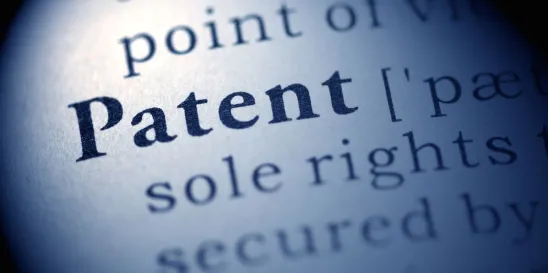Cell therapy products in the U.S. are estimated to be worth approximately $4.5 billion currently and expected to grow to over $30 billion in the next ten years. As market value increases litigation is bound to heat up.
Recently, Fate Therapeutics and the Whitehead Institute sued Shoreline Biosciences in the Southern District of California for allegedly infringing six patents directed to composition and methods relating to induced pluripotent stem cells (iPSCs) directly under 35 U.S.C. §§ 271(a) and (g), and for inducing infringement. Fate’s infringement theories included both literal infringement and infringement under the Doctrine of Equivalents. The court granted summary judgment of noninfringement to Shoreline for all asserted claims.
The independent claims of each of the asserted patents featured an exogenous nucleotide encoding a particular protein (Oct4) that makes adult cells more susceptible to being reprogrammed as iPSCs. The court construed method claims required (1) a sequential two-step priming and reprograming process and (2) that the priming step improve the cloning efficiency of the second reprogramming step. The process used by Shoreline’s manufacturers introduced an exogenous nucleotide encoding Oct4 with other transcription factors in a single step. The court consequently found no literal infringement.
Regarding infringement under the Doctrine of Equivalents, the court sided with the defendants on several grounds, including Prosecution History Estoppel. The original claims of one of the later issued patents (U.S. 8,940,536; issued Jan. 27, 2015) encompassed reprograming generally and were broad enough to cover a two-step process and direct reprograming. In response to an enablement rejection, the claims were narrowed to the claimed two-step process. The court presumed surrender of direct reprograming because it was encompassed by the original claim and not the amended claim. This presumption not only applied to the case in which the amendment was made, but also an earlier issued patent (U.S. 8,932,856; issued Jan. 13, 2015). While Fate presented arguments to rebut the presumption the court was unmoved.
The findings regarding Prosecution History Estoppel serve as an important reminder that what you say and do during patent prosecution will be used against you. Every member of a patent family will be scrutinized for amendments and statements that can be used to limit the scope of claims and the availability of equivalents.
Obtaining patents of different scope is an important strategic consideration. Still, applicants need to be cautious of impairing the value of already issued patents by amendments or arguments in later cases. To help limit the potential impact of Prosecution History Estoppel, applicants should be wary of filing overly broad claims in continuation applications (e.g., original PCT claims) since it is very likely that they will need to be narrowed or that the claims will need to be distinguished. Having a sense of which limitations are more likely to be designed around will help avoid unwanted narrowing amendments and retaining possible equivalents for these features. Finally, applicants should weight the risks of distinguishing claims between patent family members since the statements will impact the scope of the entire family. This is particularly salient given the Federal Circuit’s recent In re Cellect decision and whether to argue patentable distinction if no restriction requirement has been issued.
The case has been appealed to the Federal Circuit.


 />i
/>i
